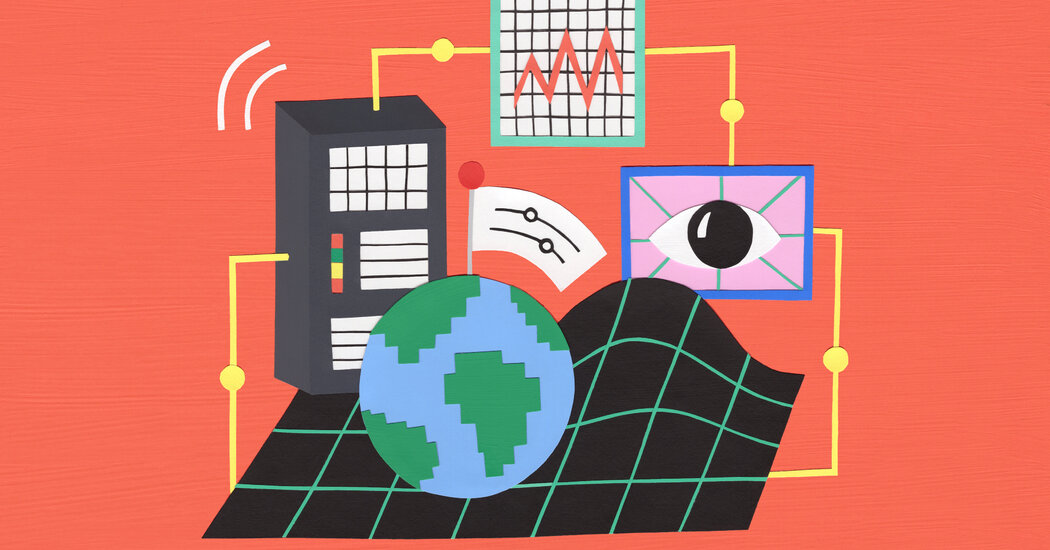The global experiment in artificial intelligence is just beginning. But the spending frenzy by big tech companies for building and leasing of data centers, the engine rooms for A.I., is well underway. They poured an estimated $105 billion last year into these vast, power-hungry facilities.
That spending spree is increasing demand for electricity and raising environmental concerns. A recent headline in The New Yorker called the energy demands of A.I. “obscene.” But there’s another perspective on A.I. and the environment, focusing not on how the technology is made but on what it can do.
A.I. has the potential to help accelerate scientific discovery and innovation in one field after another, lifting efficiency and reducing planet-warming carbon emissions in sectors like transportation, agriculture and energy production.
Here’s what to know.
What makes those data centers so power-hungry?
It’s the rise of so-called generative artificial intelligence.
Generative A.I. can do a lot — not only analyze data and make predictions, but also write poetry and computer code, summarize books and answer questions, often with human-level proficiency. And that kind of computing needs a lot of energy. A query to ChatGPT requires nearly 10 times as much electricity as a regular Google search, according to a recent estimate.
Researchers had been working on generative A.I. for years, but it really burst onto the scene in November 2022 when OpenAI introduced ChatGPT, the conversational chatbot that became a sensation. Microsoft has invested more than $13 billion in OpenAI and is racing to include A.I. features in its products. So are Amazon, Google and Meta, the owner of Facebook, Instagram and WhatsApp.
How much will electricity demand increase?
There are higher estimates, but experts generally forecast that energy consumption by data centers worldwide will at least double over the next few years. Goldman Sachs has estimated that electricity use by data centers will increase 160 percent by 2030. A recent forecast by the International Energy Agency projected that demand would more than double by 2026.
